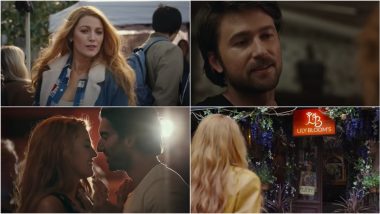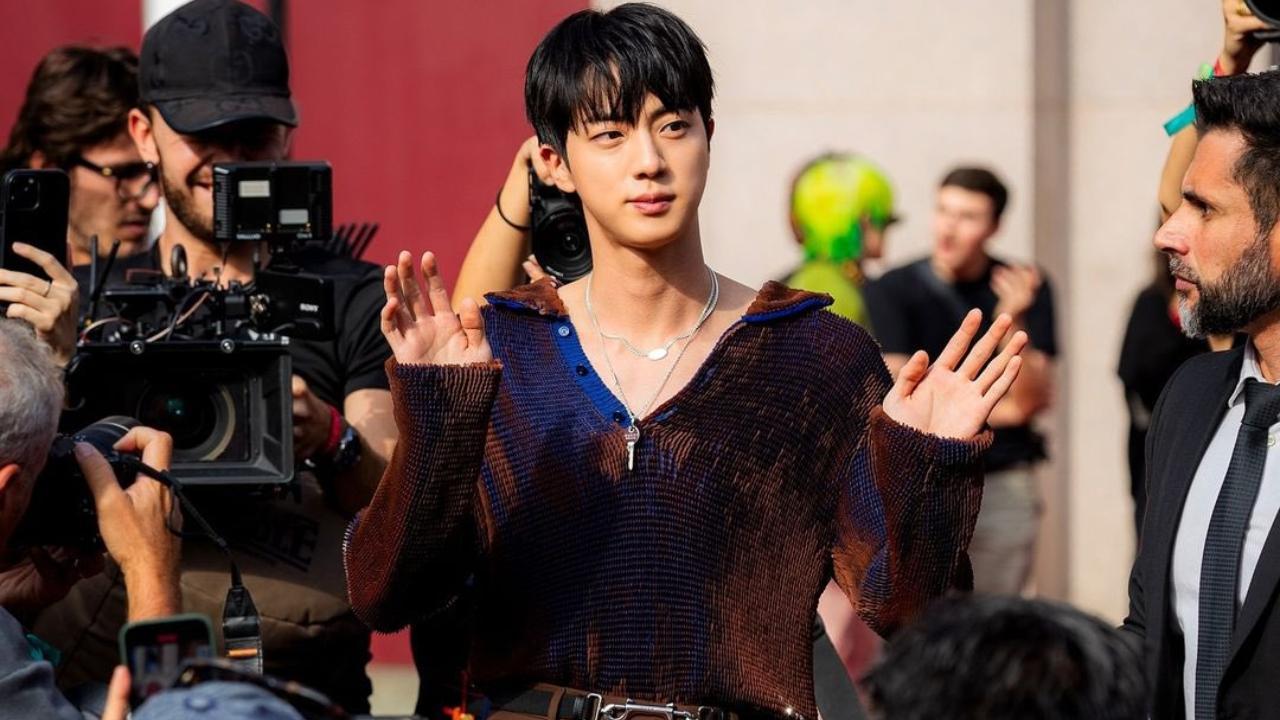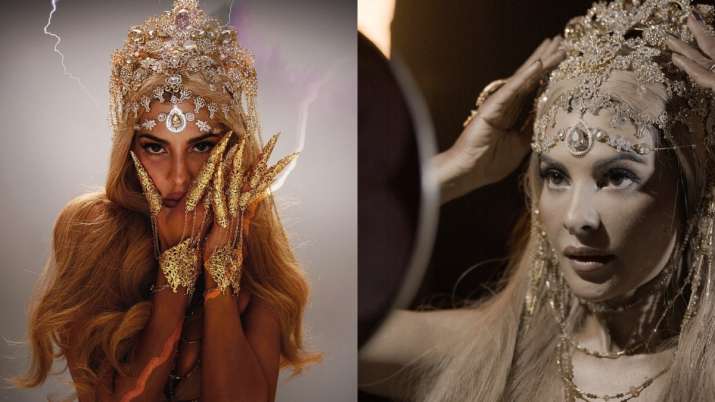Book Lovers Day 2024 is marked on August 9. And if you are a book lover, you have probably entered a bookshop in recent times, and seen Colleen Hoover’s name plastered across the bestseller list. You have most probably seen the cute romance-centric cover of scattered flower petals on a wooden table, with a quaint purple font of .
So you definitely know that they decided to turn this highly The makers decided that the best time to release this book was on the occasion of . Having read the book to understand if it was deserving of the discourse, I had a fair warning of the topic of the film. I also knew I had to watch it, to see how they adapted the novel to tackle some key issues.

So here are five ways movie steers away from the book - for the better. Before we get into the nitty gritty - a few things to remember: The first time I read I had to stop at the first chapter. While the fact that Ryle is introduced with a violent scene of chairs being broken was a not so subtle foreshadowing and seemed too much, that was not the reason I stopped.
Something about a girl being named Lily Blossom Bloom and a guy being named Ryle Kincaid seemed like a badly written fanfiction or a spoof. The movie took a lot of liberties to change this entry scene to make this conversation flow. So much so that we can see the instant chemistry and comfort between Blake Lively’s Lily and Justin Baldoni’s Ryle.
They have solid conversations, instead of directly jumping to revealing each other’s addresses and Lily rightfully avoids sharing her address to the guy who entered the roof and tried to break a few chairs. One of the biggest icks that most people have with - which cannot be discounted - is the extreme involvement of Ellen Degeneres in the book. In the book, Lily writes letters to Ellen and talks about her day, her life and her feelings.
Most of her memories with Atlas are seen through these entries. While the movie paid homage to this, it did so in the subtlest manner, and for that we are very grateful. One of the biggest issues with book was the drastic age difference between Lily and Ryle.
The book begins with a 23-year-old Lily, grieving the loss of her abusive father (and the pain of having attended the funeral). The movie chose to age the characters, which made the story a lot more digestible. Because it made sense that a mid-30s Lily - who has been told by the world that there is a biological clock that is ticking - chooses to keep her baby with Ryle, even after the traumatic abuse.
It also helps combat the power dynamics between Ryle and Lily, knowing that they both are around the same age. One of the biggest issues with the book Atlas comes when we reach Chapter 17, where Lily’s diary entry talks about her 16th birthday when Atlas comes back to meet her. It is problematic for a few reasons.
Starting with the fact that Atlas is 18 and it is Lily’s sixteenth birthday, and the scene is set up in Maine (In Maine, the legal age for sexual activity is 16 years old.) It becomes worse when we know that Atlas told Lily that he first saw her in her bedroom and watched her walk around the room, and seeing her made him not want to die by suicide. (Lily was 15 when he did this.
Atlas was always 18). While the movie dodges over the age gap between Lily and Atlas, it does have Atlas talk about seeing Lily for the first time. But the moment he reveals it to her is much more suitable to the plot than in the book.
And for that, we are slightly grateful. In the book, Atlas’ restaurant is called BiB’s. It translates to Better In Boston - something Atlas told Lily throughout their friendship and relationship.
However, the movie takes liberties with changing the name to Root. While this is a very small change, it helps the plot monumentally. It particularly helps us avoid the entire scenes of Ryle having read all of Lily’s diaries, encroaching on any and all personal space and instead focuses on how a small trigger can bring out the worst in an abusive person.
Another small difference that was highly appreciated is using a simple, all black title card for the name. It captures the grim subject much more than the infamous book covers. the book and the movie both come with a lot of issues that make it a questionable choice.
Especially because the main message of the story is an important one - to urge people to end abuse. And while the movie makes a much better effort to showcase the abuse with the sensitivity it requires, there are a lot of scenes in the movie which seem out of place as well..



















